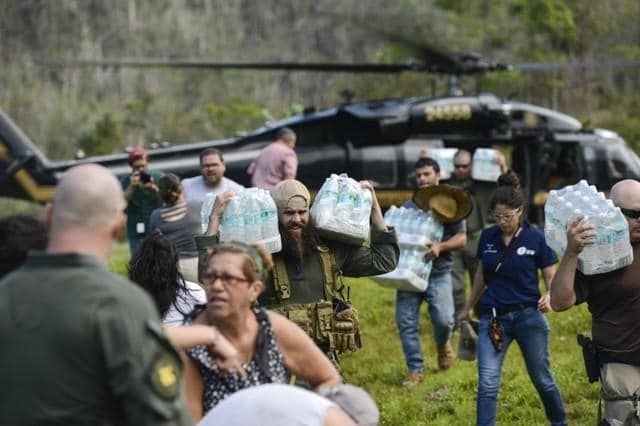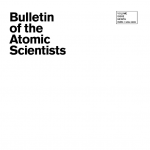A resilient community is one that includes and protects everyone
By Marcie Roth | March 4, 2018
 Climate change - hurricane disaster response
Climate change - hurricane disaster response
As they plan for climate-change-related disasters, many communities talk about the importance of “inclusivity,” but unfortunately, few measure up. In disaster planning, inclusivity means making sure that all members of society will have access to what they need – including children, older adults, individuals with disabilities, people experiencing poverty, and groups subject to discrimination. But the evidence suggests that members of these groups are disproportionately affected by disasters. This disproportionate impact is due not to medical conditions themselves, but to stigma, low expectations, and a lack of inclusive planning. During disasters, individuals with disabilities may need such accommodations as wheelchair-accessible vehicles and shelters, medication, or communication by sign language. Essential components of effective whole-community planning include adoption of universal design standards and involving people with disabilities throughout the planning process. A lack of inclusive disaster planning will have a devastating impact on community resilience overall, just when it is needed most. Read this article in the March/April issue of the digital Journal.
Together, we make the world safer.
The Bulletin elevates expert voices above the noise. But as an independent nonprofit organization, our operations depend on the support of readers like you. Help us continue to deliver quality journalism that holds leaders accountable. Your support of our work at any level is important. In return, we promise our coverage will be understandable, influential, vigilant, solution-oriented, and fair-minded. Together we can make a difference.
Issue: Bulletin of the Atomic Scientists Volume 74 Issue 2
Keywords: climate change, disability, natural disaster, resilience
Topics: Climate Change














